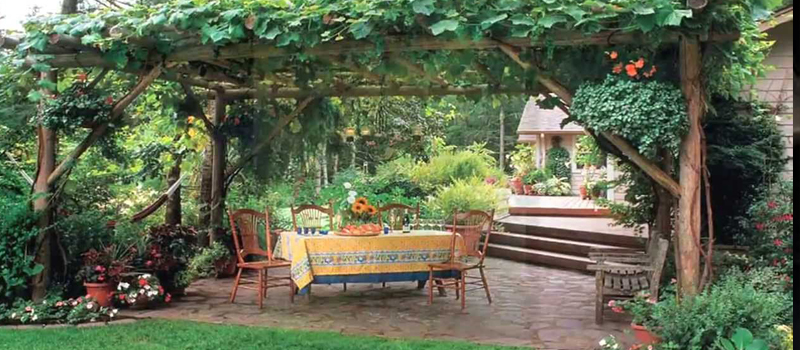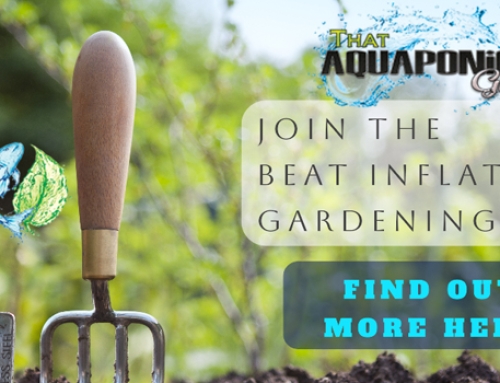The sub-urbian environment is dominated by buildings, houses, pavement, lawns, and other non-natural elements. We constantly struggle against nature to maintain our built environment, for those out of place lawns and most certainly our gardens.
This can include the use of fertilizers and pesticides that, if used improperly, can cause environmental harm. Our built landscapes can also be very water-intensive, which can lead to high demand on our public water utilities.
However, there are ways to work with nature to create an attractive, low maintenance landscape garden that will help protect the environment around, conserve water and provide places for true sub-urbian farming.
Gardening with nature starts with careful planning. Take an inventory of what you already have.
What are your soils like? Are they dry and sandy, or wet and clayey? How much sunlight does your yard get? Are there problem areas where plants struggle to grow? These are a few questions to get you started.
Next, think about what your goals and objectives are for the property. A goal is what you want to achieve, such as, “I want to create a water-efficient garden.”
What do you want to plant and have grow? Is it just for food consumption? Are there plants that you can use in different ways, for different purposes?
Do you need to have/buy seedling starts or can you do it right from the beginning with a seed?
There are many things to consider and your objectives; what you will do and when to meet your goals, with where you want to plant it all.
It helps to write down your goals and objectives because from there, you can outline the steps necessary to bring your goals to reality.
Here are some specific things you should think about when gardening with nature.
- Choosing the right seeds or seedling starts for the garden (non–GMO)
- Select the right plants for your soil and sunlight conditions
- How to minimize pesticide and fertilizer use
- Proper use and conservation of water.
- If an Aquaponics System is the best use of the space you have
Using native plants can help with all of these as they are adapted to local conditions, do not require fertilizers or pesticides, and should not need to be watered once established.
Also, look for alternatives to fertilizer, like compost or compost tea. Not only does compost add nutrients, but it also supports healthy soil biology, which can help plants take up nutrients and fight off disease. With an Aquaponics based system, all of that is taken care of in the closed ecosystem with the fish.
Water conservation can be achieved by first selecting the right plant species, but also by adding mulch to reduce evaporation from the soil. Also, consider installing a rain barrel to capture rain water for irrigation.
Get Started Today, no matter what time of year it is and get going now!






